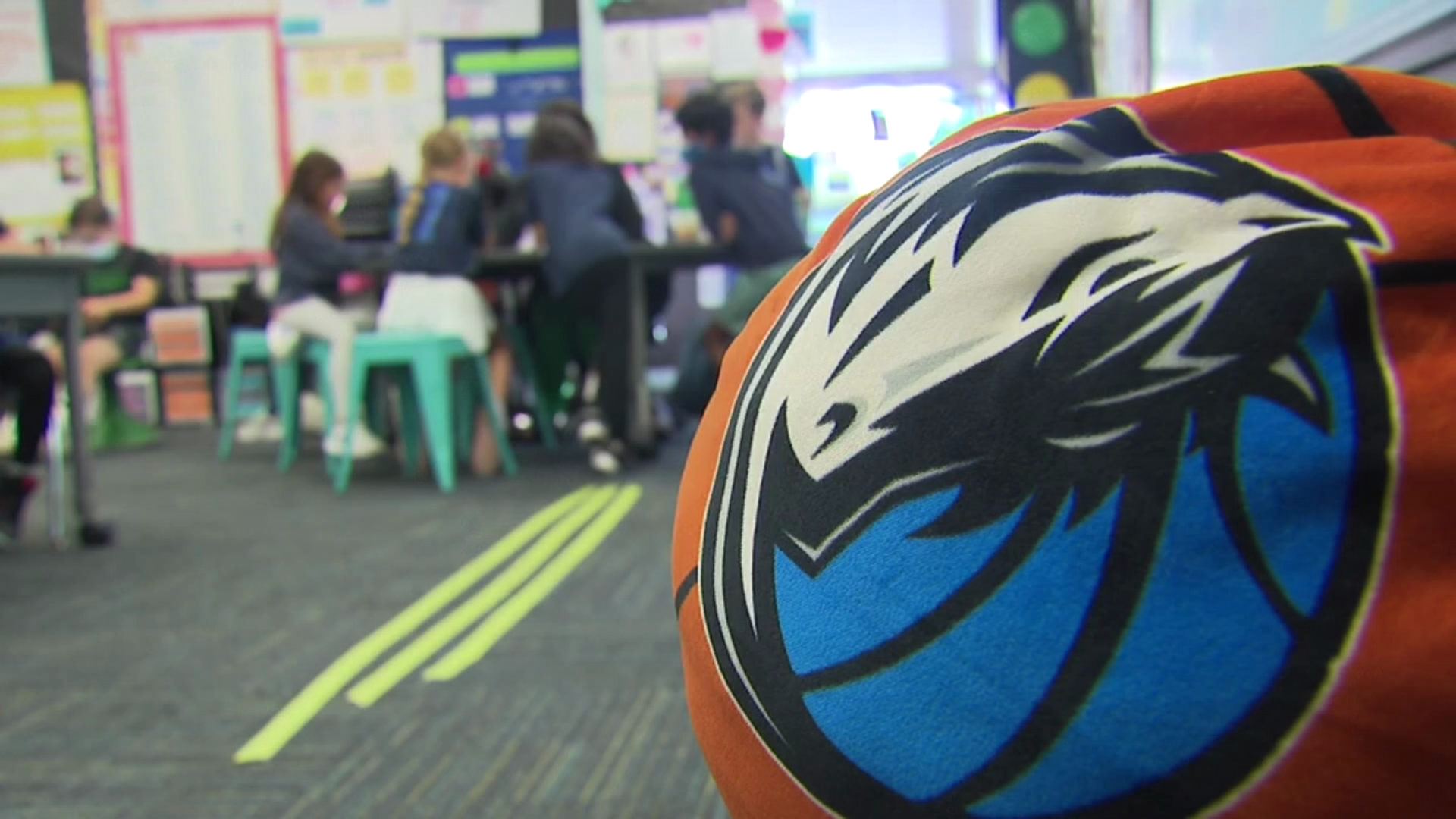Patients can find the latest government scores for kidney dialysis clinics posted online Tuesday by ProPublica, NBC 5’s investigative journalism partner.
As Americans debate a great expansion of universal health care, dialysis treatment serves as a possible model that Congress first approved 40 years ago in 1972.
Dr. Jula Inrig is an assistant professor of medicine at UT Southwestern Medical Center and a practicing nephrologist.
“Essentially, Congress said that the moral burden of not providing care for these patients was much too high, that we couldn't say, 'Just let these patients die,' so they said, ‘OK, everyone is now eligible,’” Inrig said.
Around 20 million Americans had kidney disease in 2010, and 382,343 received kidney dialysis treatment in 2008, according to the most recent figures from the National Institutes of Health.
The care is expensive. Last year, the government capped the maximum taxpayer funded annual payment at $70,000 per patient.
If you or a loved one suffers kidney failure, there are dozens and dozens of North Texas dialysis clinics waiting to serve you.
Local
The latest news from around North Texas.
The ProPublica information posted Tuesday updates a searchable database with the latest grades for every U.S. dialysis clinic to show what taxpayers got for their money.
The grades include mortality, hospitalization, infection rate, transplant rate and other clinic conditions.
“It is a scorecard, yes. And you can use it to compare facilities,” Inrig said.
Kim Easter is one of Inrig’s patients. She lost the use of a transplanted kidney she received at age 18 from her mother after both of her kidneys failed.
“It lasted for about 25 years and a half years and then last year, I lost it,” Easter said.
Easter spends four hours three times each week at the Davita UT Southwestern Dialysis Clinic in Irving.
“They do a wonderful job. They’re very nice and the make you feel comfortable,” Easter said.
Dave Larsen receives dialysis with a home machine after two separate transplants failed him.
“With this, I schedule it. I can set it up, get it going before my wife gets home. I need someone to help me set it up because I can’t do it myself, but when she comes home she hooks me up,” he said.
Larsen still makes an occasional visit to a clinic that supervises his care but prefers his home treatments.
“The centers can be depressing. You see a lot of sad people, a lot of sick people, and sometimes people pass away,” he said.
Despite many years of kidney treatment, patients Larsen and Easter said they never knew about the reports now published by ProPublica when choosing their clinics.
Death rate is the top factor in the scores, which are compiled with data the clinics provided to the government for a period of years from 2007 to 2010.
Three North Texas clinics are among the lowest 20 in Texas for patient death rate compared to what might be expected for patients with similar conditions based on national standards.
An international chain called Fresenius runs two of those three. Fresenius has 2,700 clinics worldwide and dozens in North Texas.
Fresenius Medical Care Rowlett at 3801 Lakeview Parkway had a 26 percent mortality rate, which was 65 percent worse than expected.
Fresenius Medical Care of Dallas at 8700 North Stemmons Freeway had a17 percent mortality rate, which was 49 percent worse than expected.
Fresenius declined requests for an interview, but spokesman Jon Stone provided an e-mail statement:
“Fresenius Medical Care is dedicated to improving outcomes among those whom we serve, which includes maintaining mortality rates that are as low as possible. Numerous factors contribute to the fluctuation of these rates in dialysis clinics. These include, but are not limited to, the cause of a patient’s renal failure, his or her overall health upon receiving dialysis, the length of time on dialysis, and variables such as weight, age, gender and ethnicity. We join the renal community in the search for modifiable factors that may further improve morbidity and mortality in this high risk population. This evolving science underscores the importance of engaging in recommended practices that promote high quality clinical care, which, as the current care process measures indicate, are good to excellent in our Dallas area clinics.”
An Arlington clinic run by a 12-state chain called US Renal Care was also among the three low-rated North Texas clinics in mortality rate.
The US Renal Care clinic at 203 West Randol Mill Road had a 21 percent death rate, which was 48 percent worse than expected.
US Renal Care medical director Dr. Ponniah Sankar said patients should visit clinics and decide about the facility for themselves.
“We are very good -- in fact, I would say excellent,” Sankar said. “We can challenge any center in and around this area as far as the quality is concerned."
Sankar said the Arlington clinic’s other performance measures are much better.
He said mortality rate is often not under the clinic’s control because patients sometimes develop outside complications such as cancer, heart failure or new onset diabetes.
Sankar said the government’s expected mortality rate comparison considers only the incoming condition of a patient and does not account for these separate ailments a patient may develop after starting dialysis.
Sankar said the Arlington clinic accepts ill people some other clinics might not.
“We do not refuse to take these patients, knowing that these patients are not going to be around for long and it’s going to affect our statistics,” Sankar said.
Inrig, the UT Southwestern expert, acknowledged that some clinics do turn away the sickest patients.
“Unfortunately, if there are very sick patients, that facility has the choice to say, ‘No.’ And that's what we call cherry-picking,” Inrig said.
Even though they did not check the grades in advance, it turns out both of the clinics serving patients Larsen and Easter scored well in the ProPublica reports.
“I think it's a useful tool. I wish I'd had it back when,” Larsen said.
Easter said she was not surprised that the Davita UT Southwestern clinic scored better than others.
“It’s very informative, actually,” Easter said. “I think I just lucked out and happened to come to this first one.”
Other Fresenius and US Renal Care clinics in North Texas also had better scores.
"I think patients should be aware they have a choice on which dialysis unit they’re going to go to," Inrig said.
More:
More information on kidney disease and treatment:
National Kidney Disease Education Program/National Institutes of Health
American Kidney Foundation
American Association of Kidney Patients
American Society of Nephrology



